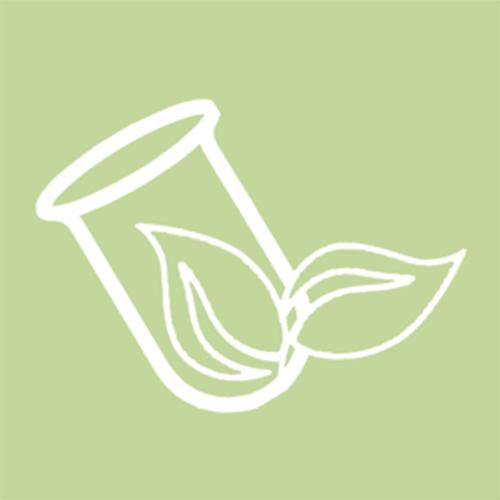Pelican Bay Watershed, Santa Cruz, Galapagos (Ecuador).




Description
Location


Sketch

Information about lithology/geochemistry:
Soils of volcanic origin. Coastal zone with reddish smectic clay and basalt rock blocks. High areas with deeper brown Andosolic soils.
Main Description
- In the Pelican Bay basin is the most important human accentuation in Galapagos (93.5% of the canton and 57.3% of the province). It has 5 vegetation zones influenced by precipitation and altitude
- The main water’s source is groundwater, highly susceptible to contamination by anthropic activities. The population and tourist increase induces the over-exploitation of aquifers.
- UNESCO Natural Heritage Site (1978) and Biosphere Reserve (1985)
Enhance ecohydrological processes in novel ecosystem
YES
Apply complementary Ecohydrological processes in high impacted system
YES
This table presents the different categories of ecosystem services that ecosystem can provide, divided in:
Provisioning Services are ecosystem services that describe the material or energy outputs from ecosystems. They include food, water and other resources.

Fresh water: Ecosystems play a vital role in the global hydrological cycle, as they regulate the flow and purification of water. Vegetation and forests influence the quantity of water available locally.
Regulating Services are the services that ecosystems provide by acting as regulators eg. regulating the quality of air and soil or by providing flood and disease control.

Local climate and air quality: Trees provide shade whilst forests influence rainfall and water availability both locally and regionally. Trees or other plants also play an important role in regulating air quality by removing pollutants from the atmosphere.

Waste-water treatment: Ecosystems such as wetlands filter both human and animal waste and act as a natural buffer to the surrounding environment. Through the biological activity of microorganisms in the soil, most waste is broken down. Thereby pathogens (disease causing microbes) are eliminated, and the level of nutrients and pollution is reduced.
Ecosystem services "that are necessary for the production of all other ecosystem services". These include services such as nutrient recycling, primary production and soil formation.

Habitats for species: Habitats provide everything that an individual plant or animal needs to survive: food; water; and shelter. Each ecosystem provides different habitats that can be essential for a species’ lifecycle. Migratory species including birds, fish, mammals and insects all depend upon different ecosystems during their movements.
Cultural Services corresponds nonmaterial benefits people obtain from ecosystems through spiritual enrichment, cognitive development, reflection, recreation, and aesthetic experiences.

Recreation and mental and physical health: Walking and playing sports in green space is not only a good form of physical exercise but also lets people relax. The role that green space plays in maintaining mental and physical health is increasingly being recognized, despite difficulties of measurement.

Tourism: Ecosystems and biodiversity play an important role for many kinds of tourism which in turn provides considerable economic benefits and is a vital source of income for many countries. In 2008 global earnings from tourism summed up to US$ 944 billion. Cultural and eco-tourism can also educate people about the importance of biological diversity.
Lifezones
![]()
PPT(mm/yr): 277.0
![]()
T(ºc): 23.6
| Elevation of demosite: | 400.0 meters above sea level |
| Humidity: | Arid |
| PETr (by year): | 0.05 |
EH Principles
Quantification of the hydrological processes at catchment scale and mapping the impacts
Distribution of ecosystems and their relevant processes (ex: metabolism=water and nutrient uptake and retention; biomass production)
Ecological engineering (integration, dual regulation and biotechnologies in catchment scale for enhancement of ecological potential)
ECOHYDROLOGY ENGINEERING SOLUTIONS
Elimination of invasive species, implementation of agro-ecosystems, and rainwater management in intervened areas
 Faunatechnology
Faunatechnology
 Phytotechnology
Phytotechnology
 Hydrological Flow
Hydrological Flow
Implementation of dry wetlands for wastewater treatment
 Ecohydrological Infrastructure
Ecohydrological Infrastructure
 Phytotechnology
Phytotechnology
Conservation - protection and restoration of aquifer recharge zones
 Ecohydrological Infrastructure
Ecohydrological Infrastructure
 Phytotechnology
Phytotechnology
 Hydrological Flow
Hydrological Flow
Major Issues
- From sea level up to 200 m.a.s.l, there are diffuse pollution from agriculture and point source pollution from wastewater. Between 200 and 600 m.a.s.l. alien species could jeopardise the fog retention for aquifer recharge between June and December (Garua season).








Expected Outcomes
Aquifer recharge is improved
The sources of contamination of aquifers by human activities are reduced
Latest Results
- The reduction of 95% of the contamination in the water used in the fish gutting plant has been proven, by means of the biological treatment plant
- Have they been restored? has with Scalesia spp. and coffee within the conservation coffee project, in agroecological programs (CGREG and CI)
- 45% of the Pelican Bay watershed is effectively conserved and works in restoration by the PNG
Contacts
Marco Albarracin
- marcoalbarracin@gmail.com
- https://www.linkedin.com/in/marco-albarracin-5bb4a4b/
- Ecohydrological Foundation
- https://www.linkedin.com/in/marco-albarracin-5bb4a4b/

Social ecohydrological system
EH Objectives
EH Methodology
Catchment Ecohydrological sub-system
Objectives
Stakeholders
Catchment Sociological sub-system
Activities